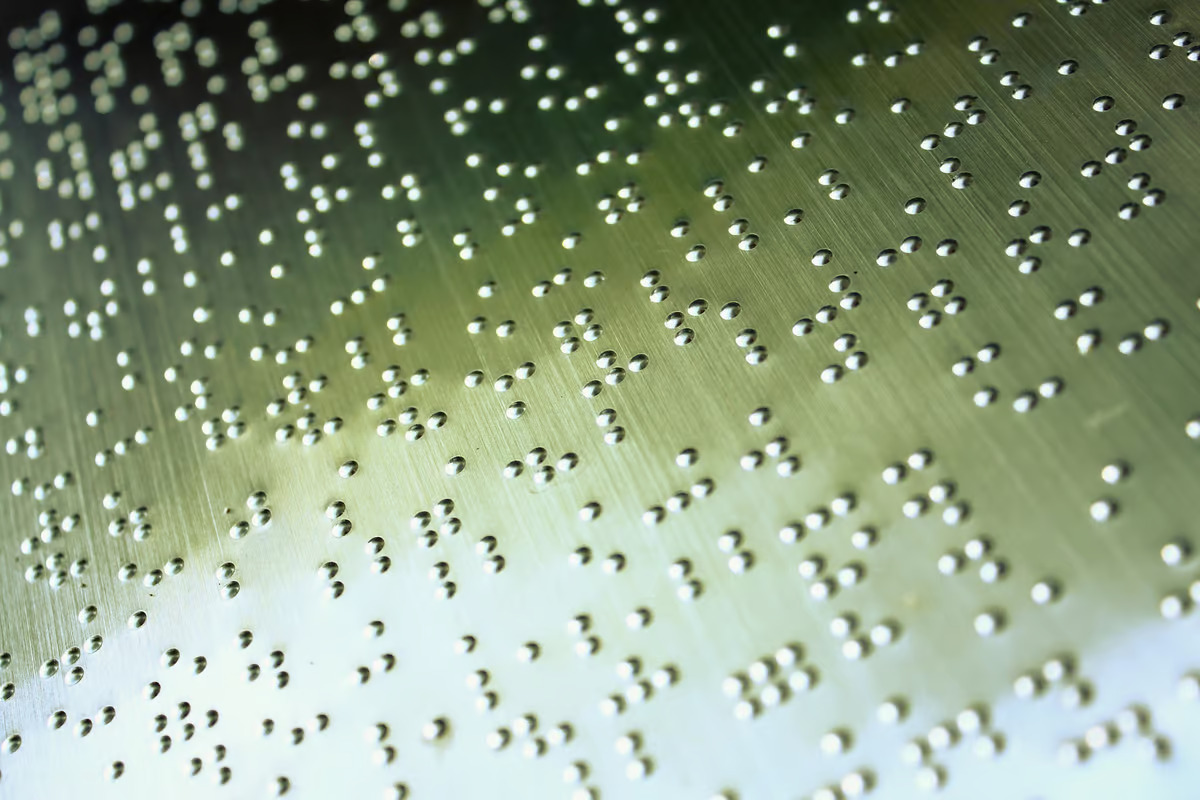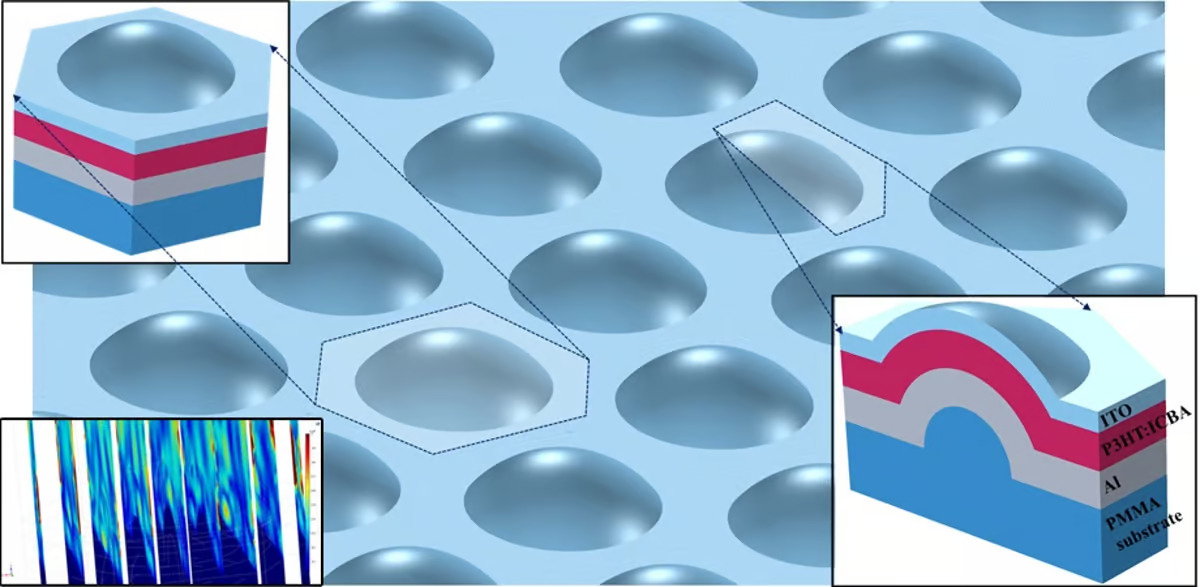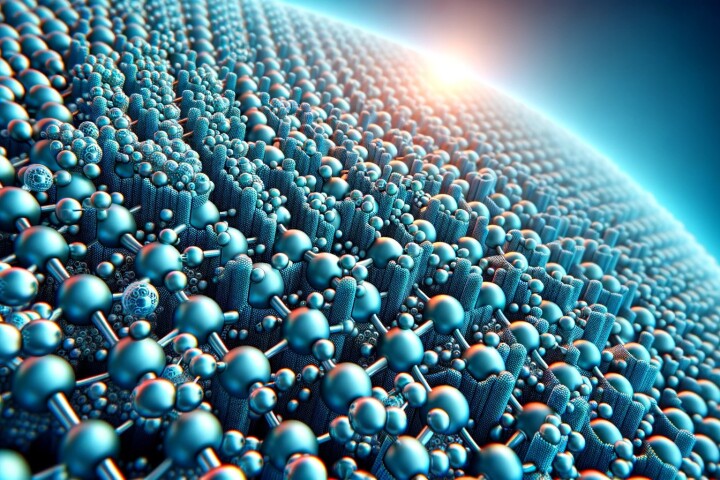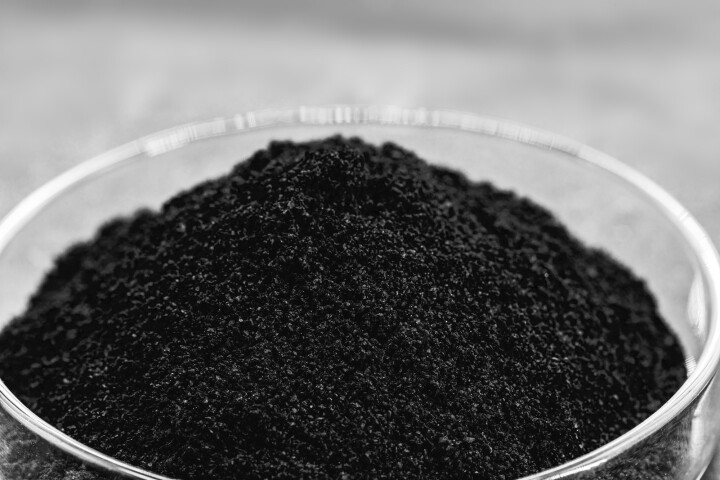 A new solar cell design consisting of “hemispheres” on the surface, like braille dots, could improve efficiency. Depositphotos –
A new solar cell design consisting of “hemispheres” on the surface, like braille dots, could improve efficiency. Depositphotos –
Solar cells are usually flat, which maximizes how much of the surface is exposed to sunlight at any given time. This design works best when the Sun is within a certain angle, so the panels are usually tilted between 15 and 40 degrees to get the most out of the day.
Scientists have toyed with other shapes for the surface, including embedding spherical nanoshells of silica which trap and circulate sunlight to allow the device to capture more energy from it. For the new study, scientists at Abdullah Gül University in Türkiye ran complex simulations of how dome-shaped bumps might boost organic solar surfaces.
The team studied photovoltaic cells made with an organic polymer called P3HT:ICBA as the active layer, above a layer of aluminum and a substrate of PMMA, capped off with a transparent protective layer of indium tin oxide (ITO). This sandwich structure was kept through the whole dome, or “hemispherical shell” as the team calls it.

The researchers conducted what’s called a 3D finite element analysis (FEA), which breaks down the elements of a complex system into manageable chunks so they can be better simulated and analyzed.
Compared to flat surfaces, solar cells dotted with bumps showed 36% and 66% improvements in light absorption, depending on the polarization of the light. Those bumps also allowed light to enter from a wider range of directions than a flat surface, providing an angular coverage of up to 82 degrees.
While the team hasn’t actually built physical versions of these solar cells yet, if the principle does work it could be useful not only for rooftop solar but in systems with changing light conditions, like wearable electronics.
“With the improved absorption and omnidirectionality characteristics, the proposed hemispherical-shell-shaped active layers will be found beneficial in various application areas of organic solar cells, such as biomedical devices, as well as applications such as power-generation windows and greenhouses, internet-of-things, and so on,” said Professor Dooyoung Hah, author of the study.
The research was published in the Journal of Photonics for Energy. Source: SPIE
–























